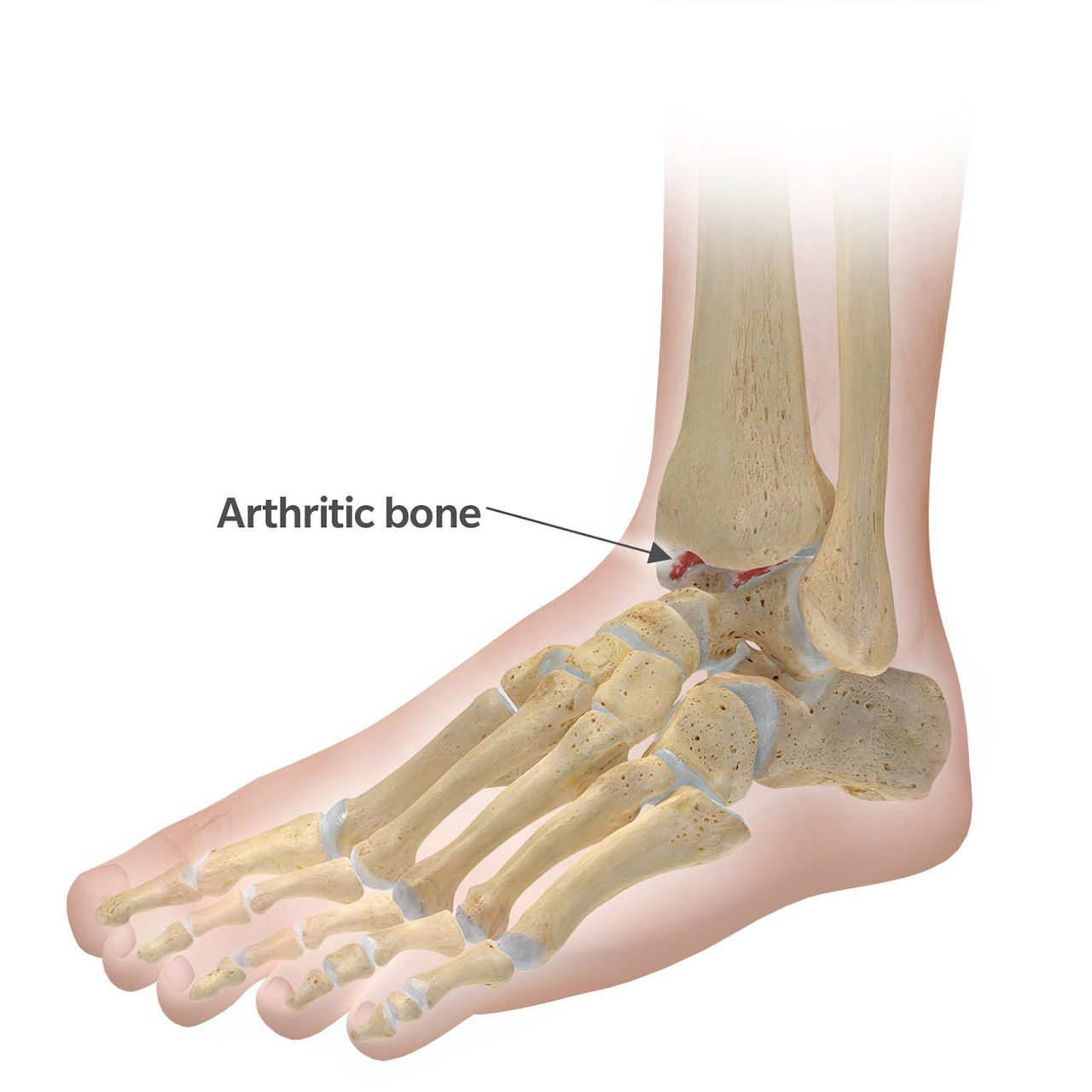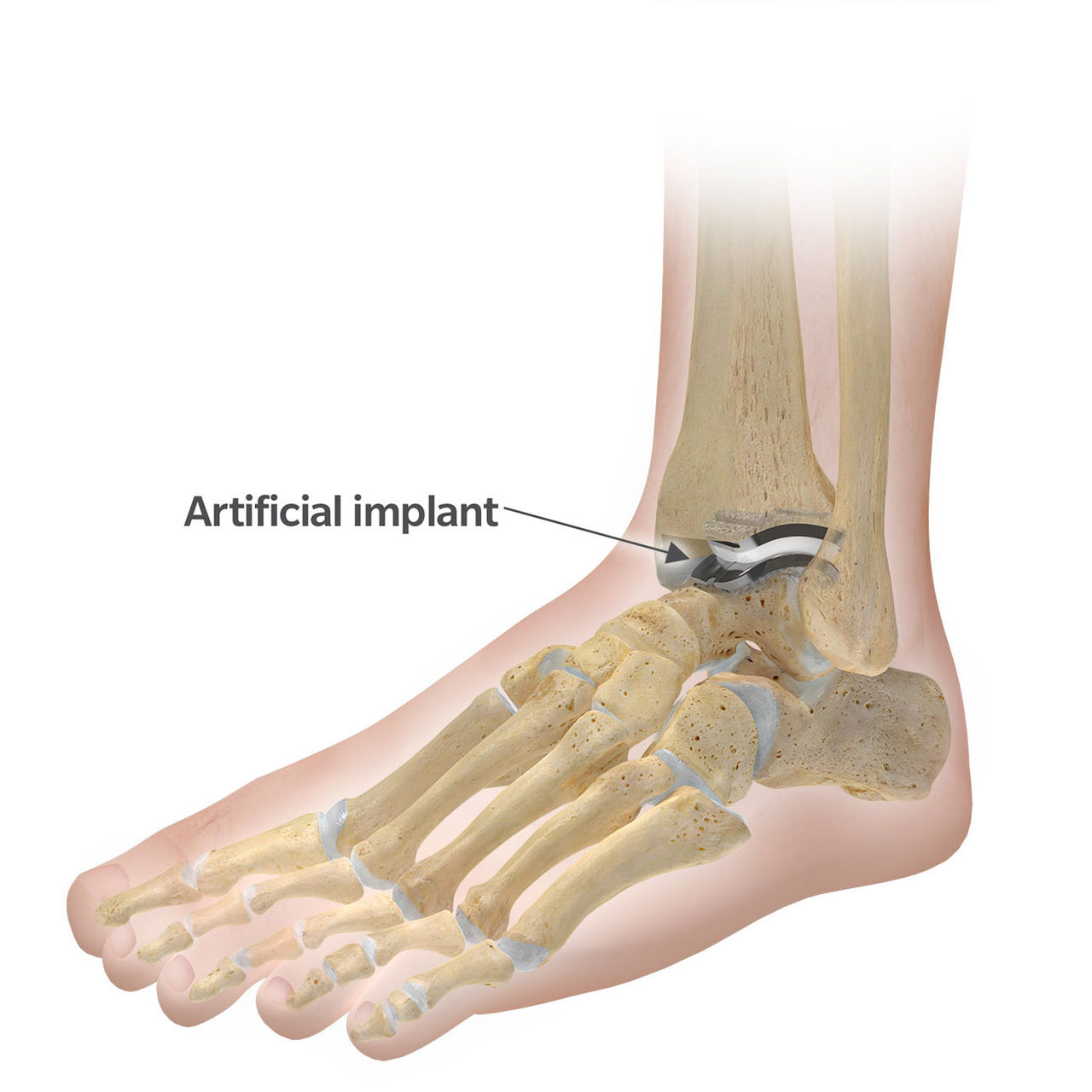What to Expect During Total Ankle Replacement Surgery
Knowing what to expect during a total ankle replacement might help through your care pathway. Here, Dr. Lee shares what surgery might be like.
Knowing what to expect during a total ankle replacement might help through your care pathway. Here, Dr. Lee shares what surgery might be like.
Ankle replacement surgery has seen rapid growth in the U.S. over the past decade or so. Ankle replacement (otherwise known as ankle arthroplasty) is used in cases of severe ankle arthritis in cases where ankle fusion (arthrodesis) would otherwise be considered.


Ankle replacement is considered a viable option in patients that have failed conservative treatments such as anti-inflammatory medicines, injections, bracing, and activity modifications. Understanding the details of your procedure, as well as possible complications of ankle replacement can help you make an educated decision as to which treatment is best for you. Complications may include swelling, redness, and infection. For a list of risks and complications of total ankle replacement, click here.
Your surgeon should be able to answer all of your questions so that you have reasonable expectations about the process from start to finish. While every surgeon and patient experience is different, as a general rule you can expect the following:
1. You will likely be told nothing to eat or drink after midnight the day before surgery.
2. You’ll arrive at the hospital or surgery center 1 to 2 hours before surgery where you will check in, sign paperwork (including consents for surgery), and change into a hospital gown.
3. An IV will be inserted into your arm so that you can receive fluids and antibiotics for surgery.
4. You’ll meet your anesthesiologist and discuss your options for anesthesia.
5. Once you are in the operating room, you’ll be sedated or asleep. Your ankle will be prepped (cleaned) and sterile drapes will be placed around it. In some cases, the anesthesiologist may put a local anesthetic in your leg to numb your foot and ankle during the surgery.
6. Your surgeon will then complete your ankle replacement. Metal and plastic implants will be inserted in precise locations, usually through one incision either in the front or side of your ankle.
7. The skin will be sutured closed and a dressing will be placed around your ankle. After this, the anesthesiologist will wake you up. You’ll be transitioned to a recovery room until you are fully awake.
8. Some pain is normal after ankle replacement surgery. Your surgeon will likely inject a local anesthetic (numbing medicine) into your ankle after surgery, before he/she leaves the operating room. Pain medicine will be given for the recovery process, and you may be instructed on using ice and keeping your foot elevated.
9. In many cases, you will spend 1 or 2 nights in the hospital to recover. You may work with a physical therapist to learn how to use crutches, stretches, etc.
10. Before leaving, your doctor and nurses will review the instructions for your care after surgery. They will also instruct you about how much weight (if any) you can bear with your surgical foot and the use of crutches, a walker, or a knee scooter.
11. In many situations, your surgeon may have you use a blood thinner to prevent a blood clot in your leg, although this is highly dependent on your surgeon’s preference, your medical history, and the time until you’re able to bear weight on your ankle.
12. Your surgeon will check your incision from 5 to 10 days after surgery. The sutures/staples will be removed when the incision is sufficiently healed.
13. Radiographs will be taken throughout the recovery process. Walking on the ankle will be allowed when the incision is fully healed and the X-rays show good position and healing around the implant.